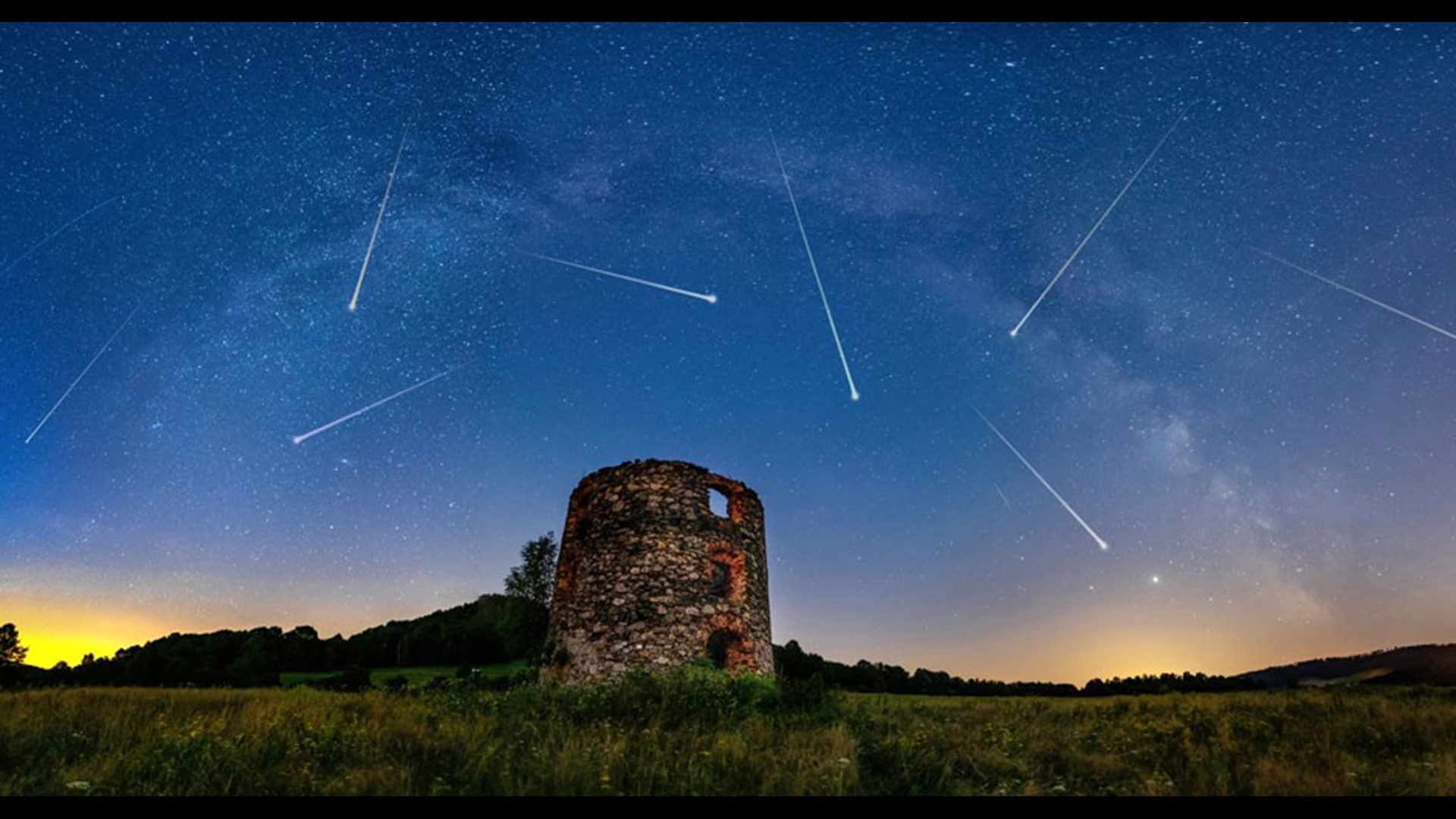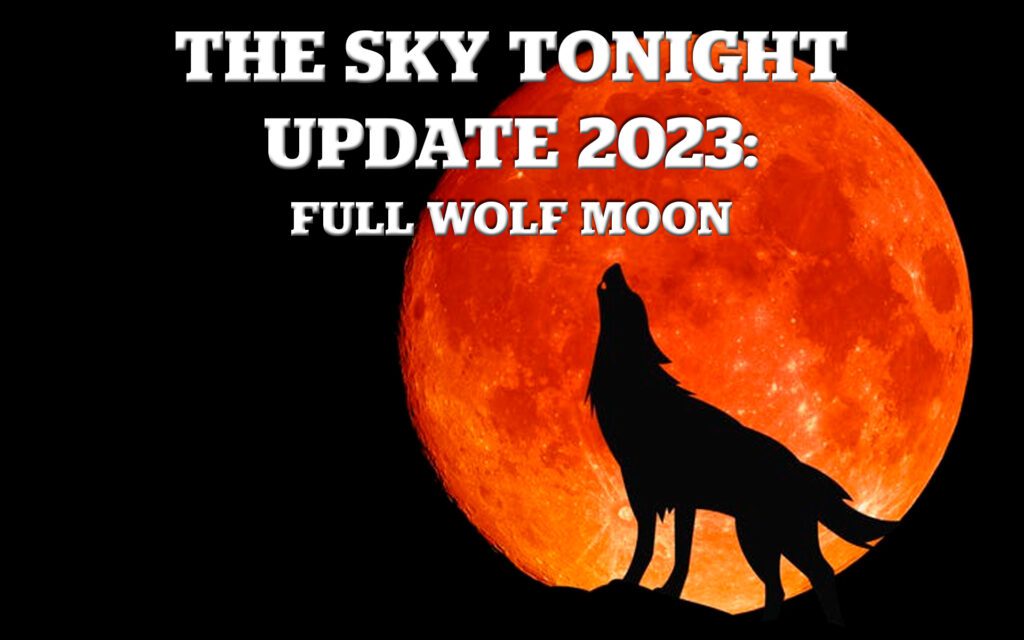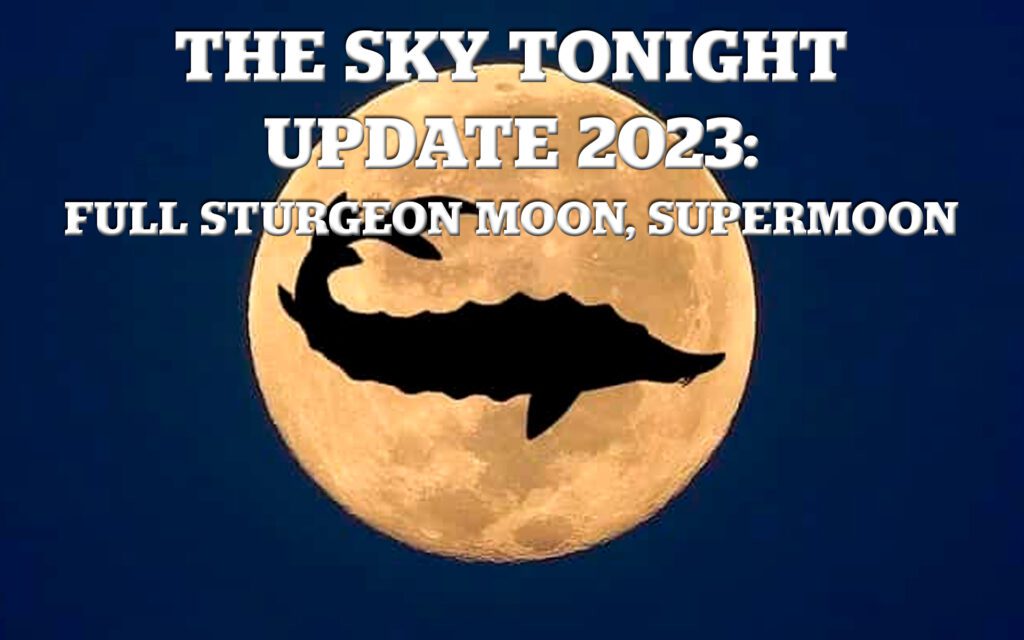The Lyrids is an average shower, usually producing about 20 meteors per hour at its peak. It is produced by dust particles left behind by comet C/1861 G1 Thatcher, which was discovered in 1861.
Maybe you’re wondering: Have I ever observed Comet Thatcher? The answer is no. And your children won’t see it either.
Astronomers first noticed this comet in 1861, around the time of its last perihelion, or closest point to the sun. It takes roughly 415 years to go around the sun once. Its path brings it within the Earth’s orbit, then it goes far away, a distance of about 110 astronomical units (AU). That’s 110 times farther from the sun than we are.
So, Comet Thatcher is now far away, still traveling outward, away from our sun. It’ll reach its farthest point from the sun around the year 2070, and then begin its return trip to reach its next perihelion around year 2283.
Alfred E. Thatcher from New York City discovered this comet – now officially C/1861 G1 (Thatcher) – on April 5, 1861. At that time the comet was in the direction of our sky’s north polar region, toward what we see as the constellation Draco. Alfred Thatcher was using a 4.5-inch-diameter (11cm) refracting telescope, magnifying 30 times. The comet was shining at magnitude 7.5, fainter than the unaided eye can see.
But over the next few weeks, as the comet approached both the sun and the Earth, it brightened considerably. It became visible to the eye and remained so until it disappeared into the evening twilight in early June 1861. Observers in the Southern Hemisphere picked it up in late July and followed the comet for the next five weeks, until it became too faint to see from anywhere on Earth.
The shower runs annually from April 16-25. It peaks this year on the night of the night of the 22nd and morning of the 23rd.
These meteors can sometimes produce bright dust trails that last for several seconds. The thin crescent moon will not pose much of a problem so this should be a good show. Best viewing will be from a dark location after midnight. Meteors will radiate from the constellation Lyra but can appear anywhere in the sky.























